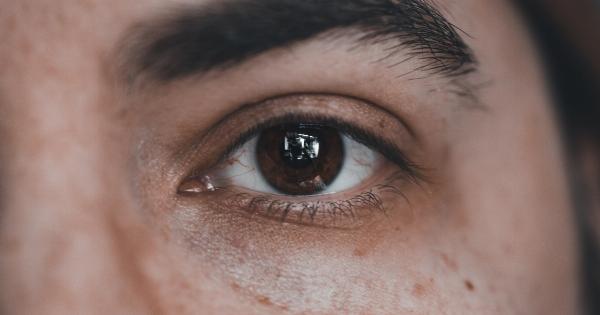Regular eye exams are important for people of all ages, but especially for young children. Eye problems can interfere with a child’s learning and development, so it’s essential to identify any issues early.
If you’re taking your child for their first eye exam, here’s what you can expect.
Preparing for the exam
Prior to the exam, it’s essential to make sure your child is well-rested, fed, and hydrated.
You should also bring a list of any medications your child is currently taking, as well as their medical history and any concerns you may have about their vision.
The exam process
The eye exam will typically start with a vision test, where the optometrist will ask your child to read letters or images on a chart.
The optometrist may also use specialized equipment to evaluate your child’s eye movement and coordination and look for any signs of astigmatism, nearsightedness, or farsightedness.
The optometrist may also conduct tests to assess your child’s eye health, which may include dilating your child’s pupils to get a better look at the back of their eye.
This process involves putting special drops into your child’s eyes, which may cause temporary blurred vision and light sensitivity.
If the optometrist identifies any potential issues, they may recommend further testing or refer your child to a specialist. They may also recommend an eyeglass prescription if necessary.
Maintaining Eye Health
While an eye exam is essential for identifying any current issues with your child’s vision, it’s equally important to prioritize their eye health on an ongoing basis.
Here are some tips to help maintain your child’s eye health:.
Limit screen time
Too much time spent in front of a screen can cause eye strain, headaches, and fatigue. Limit screen time to no more than 1-2 hours per day, and encourage breaks every 20-30 minutes.
Encourage outdoor time
Spending time outdoors can help reduce the risk of nearsightedness and improve overall eye health. Aim for at least 30 minutes of outdoor time per day.
Practice eye safety during sports and outdoor activities
Eye injuries are common during sports and outdoor activities, so it’s important to take precautions such as wearing protective goggles or helmets.
Promote a healthy diet
A healthy diet rich in fruits, vegetables, and omega-3 fatty acids can help protect against eye diseases and promote overall eye health.
Conclusion
Regular eye exams are an essential part of maintaining your child’s overall health and development.
By preparing for the exam and taking steps to promote eye health on an ongoing basis, you can help ensure your child’s vision remains as healthy and strong as possible.




























